by Arnold Blumberg
After escaping from Brig. Gen. William H. Jackson’s Confederate division on April 1, Union Brig. Gen. John T. Croxton readjusted his priorities. He was now determined, as he put it, “to effect by stratagem what I could not hope to accomplish directly.”
The Kentucky-born Croxton, a tall, 28-year-old attorney and Yale University graduate, was a longtime Republican Party activist and ardent abolitionist. He had served in the Army of the Cumberland at the Battles of Chickamauga, Atlanta and Franklin. His commanding officer, James Wilson, called him “an officer of rare discretion, coolness, and courage.” Croxton’s brigade, made up of three cavalry (8th Iowa, 6th Kentucky, 2nd Michigan) and one mounted infantry (4th Kentucky) regiments, was one of the best-performing units in Wilson’s cavalry corps.
Making for Tuscaloosa
Turning north, Croxton marched 10 miles along the Elyton Road, then west to Johnson’s Ferry on the Black Warrior River, 40 miles above Tuscaloosa. By sundown on April 2, using only a single flatboat, his entire brigade crossed the river. The next day Croxton continued toward Tuscaloosa. Captured enemy combatants revealed to him that the city’s skeleton garrison was manned by 400 local militia and 350 cadets from the town’s military academy.
[text_ad]
That night Croxton prepared his attack on Tuscaloosa, assigning 150 men of the 2nd Michigan to capture the bridge over the Black Warrior at daylight. His main body would then pass over the bridge and take the town by surprise. Approaching the river that night, Croxton had to order an immediate attack as the Confederates were in the process of dismantling the bridge he planned to cross the water on. The men of the 2nd Michigan secured the bridge from the surprised enemy and were followed across it by the rest of the Union brigade. Several attempts that night to retake the crossing failed, resulting in the loss of 60 Confederate prisoners and three artillery pieces.
Heading for Wilson At Selma
On the morning of the 4th, the Federals entered Tuscaloosa where they destroyed the local foundry, an arms factory, two niter works, and the military college as well as interrupting a wedding. They also gathered enough supplies of food and animal forage to sustain the entire command for a number of days.
Croxton’s next mission was to find a way to return to Wilson’s main body. Hearing that Jackson’s men were south of Tuscaloosa, blocking the most direct path to Wilson at Selma, the young brigadier decided to move west and recross the Black Warrior, then turn south. In the process, he would do all the damage he could to the Alabama & Mississippi Railroad between Demopolis, Alabama, and Meridian, Mississippi.
On April 5, Croxton and his command crossed the Black Warrior River, burned the bridge at Northport, and moved 25 miles to Columbus. The next day, after a 12-mile jaunt, Croxton reached Lanier’s Mills on the Sipsey River, a tributary of the Black Warrior. There he learned that the Federals had taken Selma and that many Rebels were in his immediate area. As a result, he recrossed the Sipsey, heading for Northport.
Moving on to Northport, then Montevallo
As the march back to the Sipsey began, the Federals were attacked by Confederate Brig. Gen. William Wirt Adams’s force of about 2,800 troopers. Croxton’s 6th Kentucky, acting as rear guard, was driven back, but after the brigadier threw in his 2nd Michigan, the brigade was able to move off unmolested. The scrape with Adams had cost the bluecoats 34 causalities.
Moving toward Northport, the brigade remained there until the 11th. From the 11th to the 18th Croxton marched his command between the Black Warrior and Sipsey Rivers, trying to find out Wilson’s location. On the 18th he finally learned that Wilson had taken Montgomery.
Having been moving in circles for the last several weeks, Croxton turned toward Montevallo, destroying any Confederate military facilities he came across. He then turned east, crossing the Coosa River on the 22nd. On the 23rd he made for Talladega, where he routed an enemy force of 500 men before turning his attention to the destruction of iron works and rolling stock in the area.
Between the 24th and 28th the brigade, heading east, forded the Talapoosa, Chattahoochee, and Flint Rivers. On May 1, Croxton’s outfit finally rejoined Wilson’s corps after a 31-day separation and an odyssey that saw the brigade travel some 653 miles, cross four major rivers, and destroy five large iron works, three factories, and several mills. Croxton also captured 300 prisoners and four cannons, at a loss of four officers and 168 men, mostly due to straggling. It was a miniature version of Wilson’s larger accomplishment.

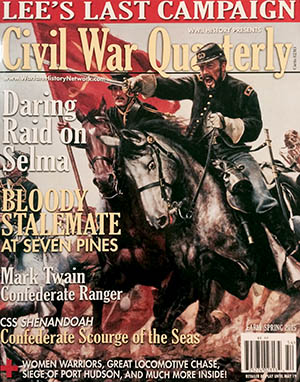
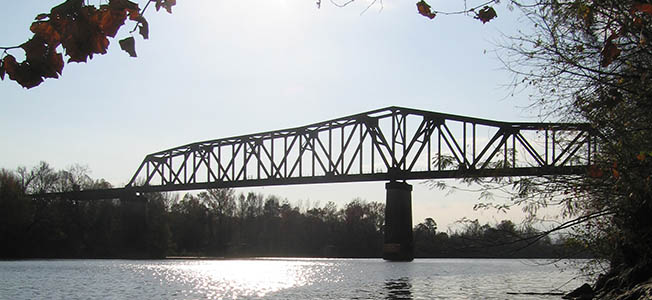
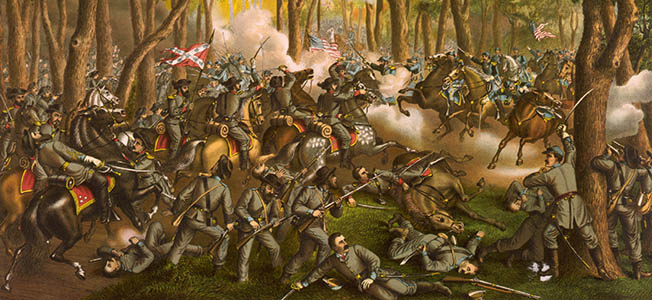
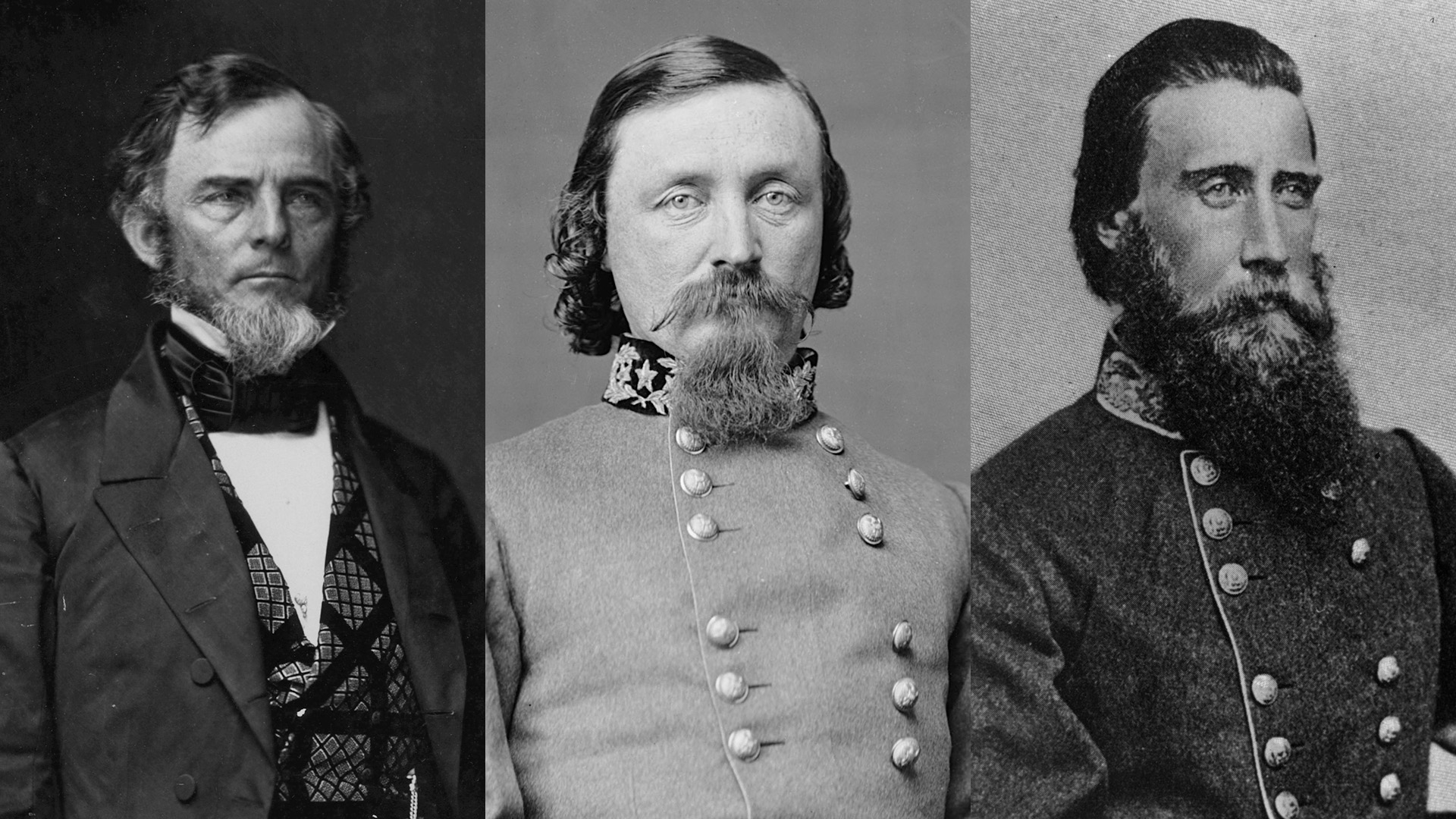
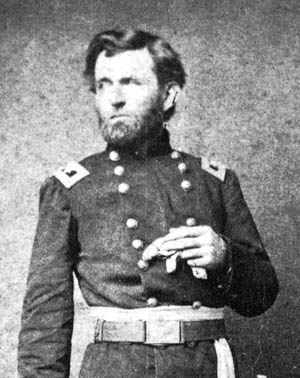
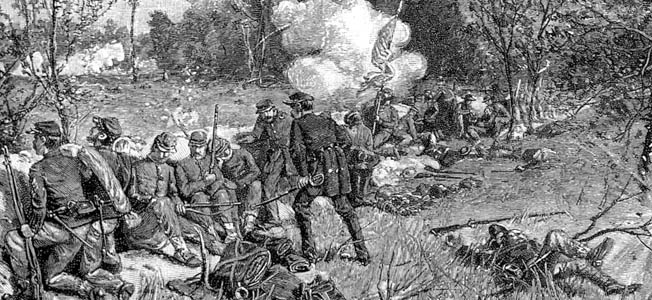
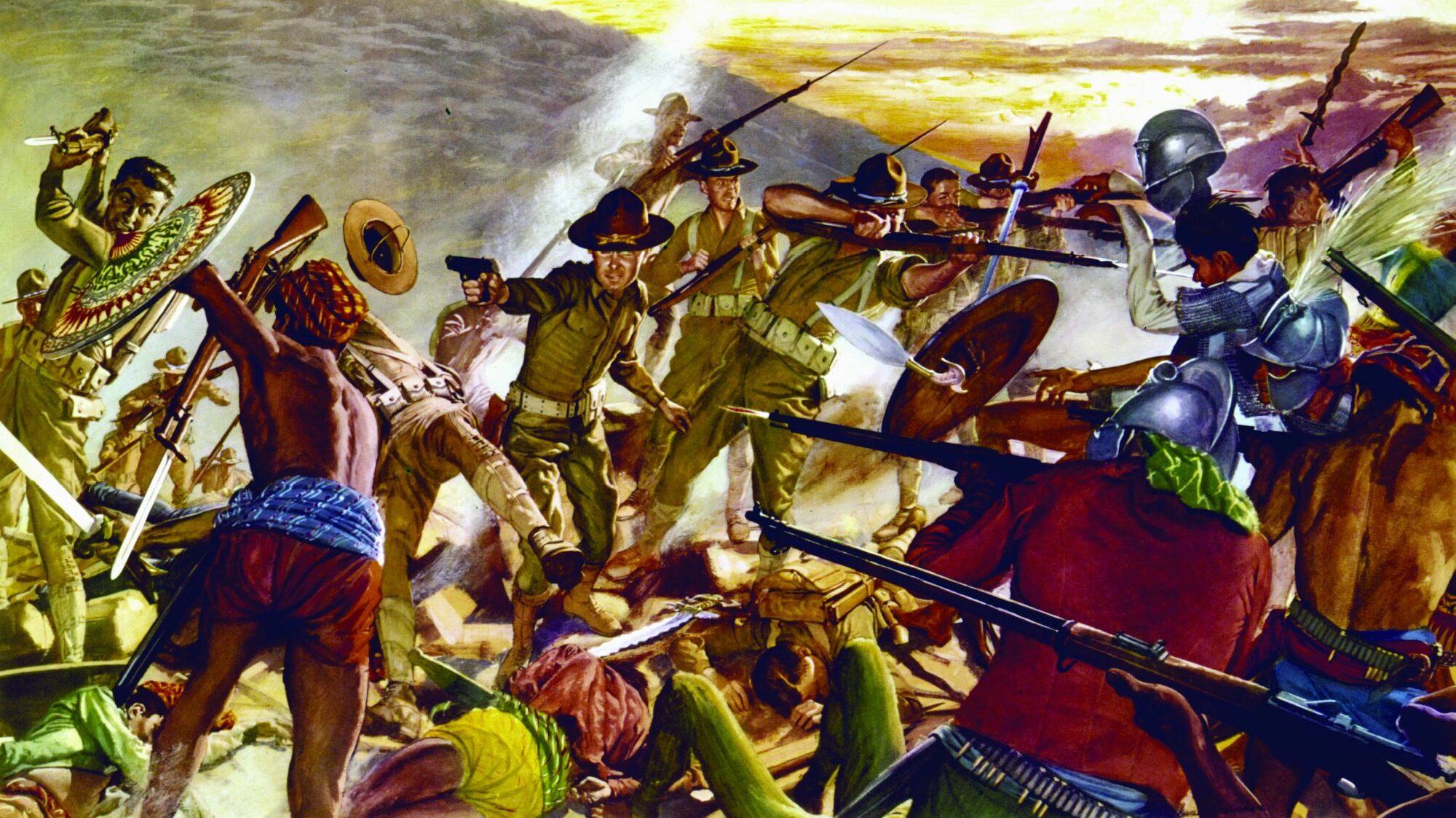
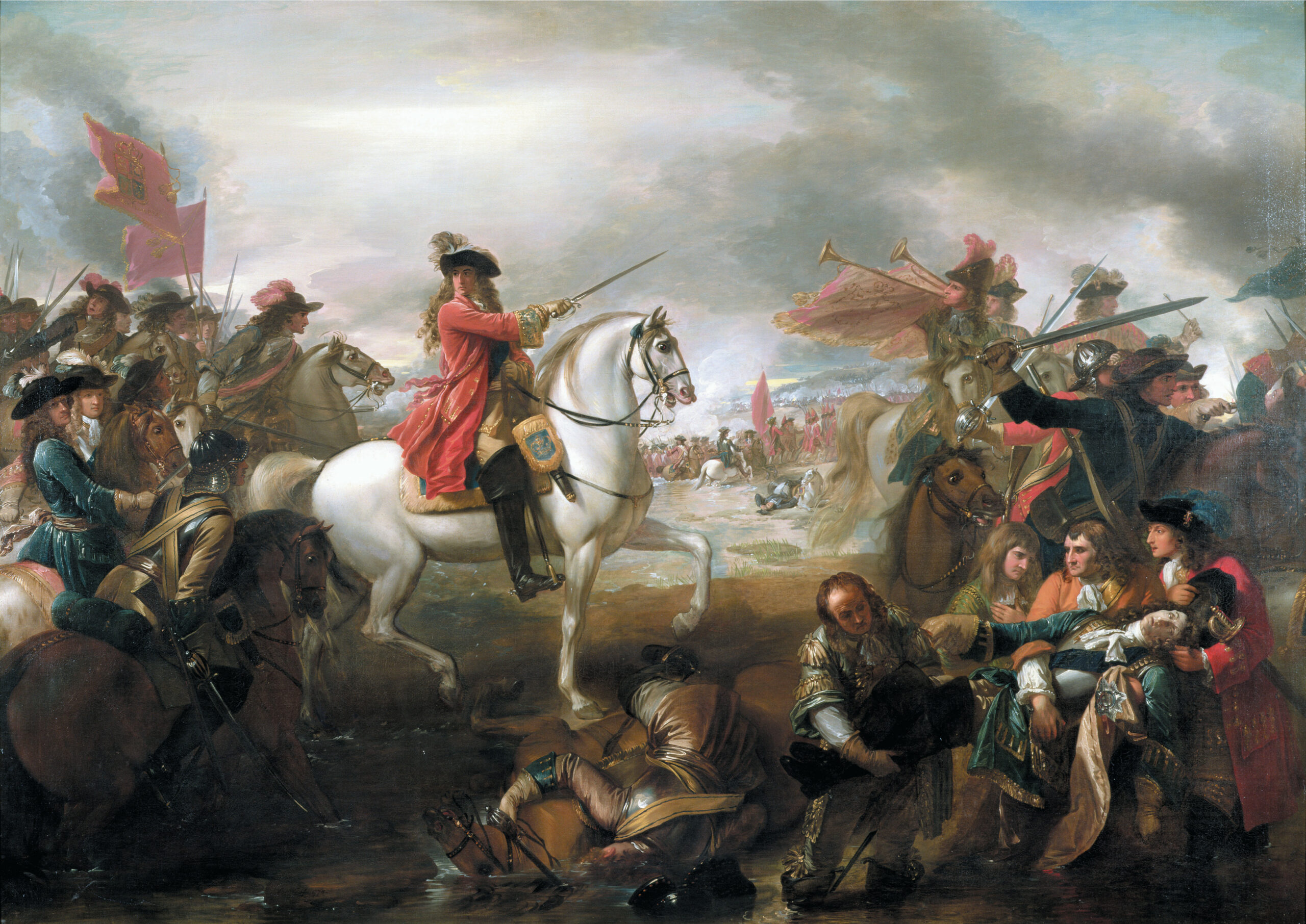
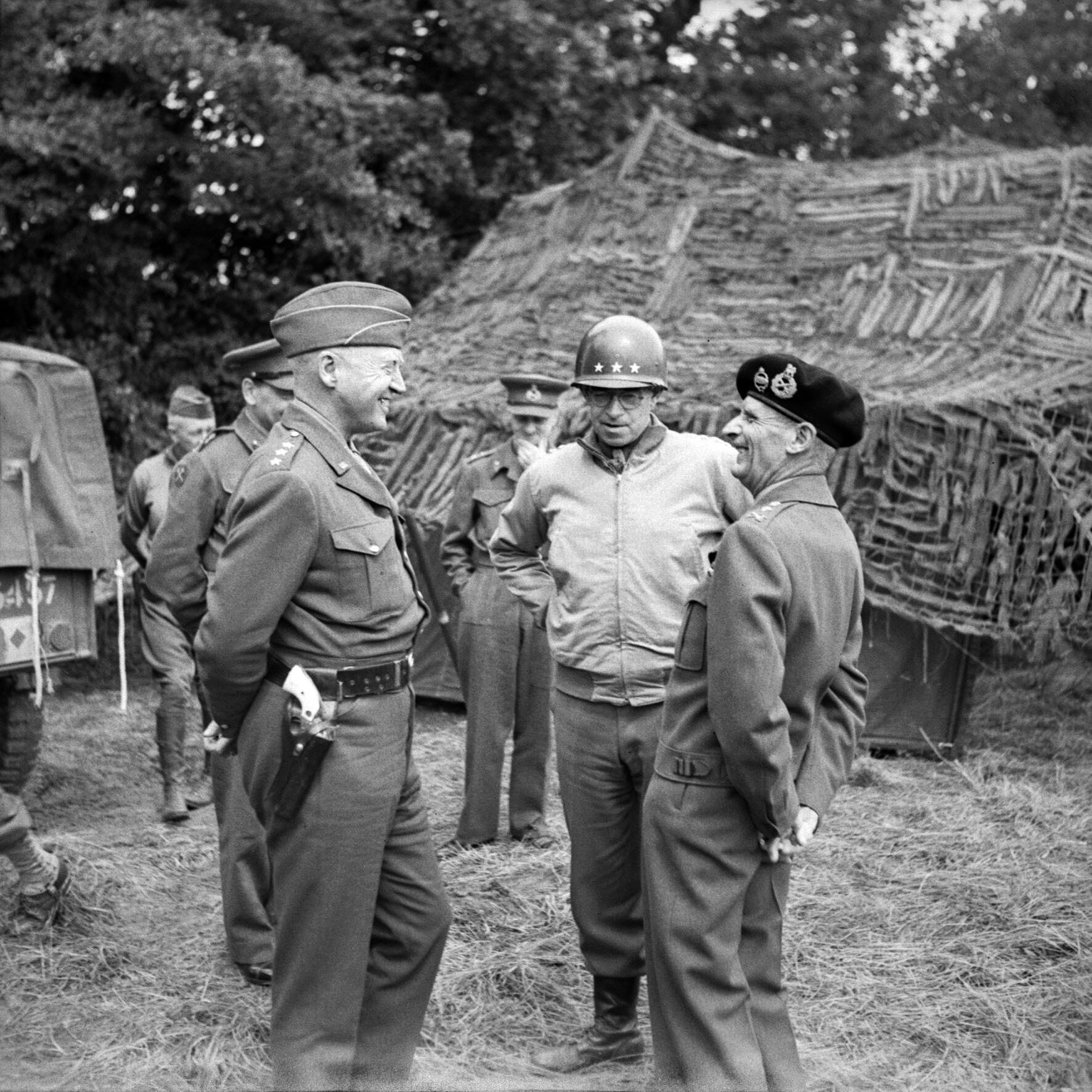
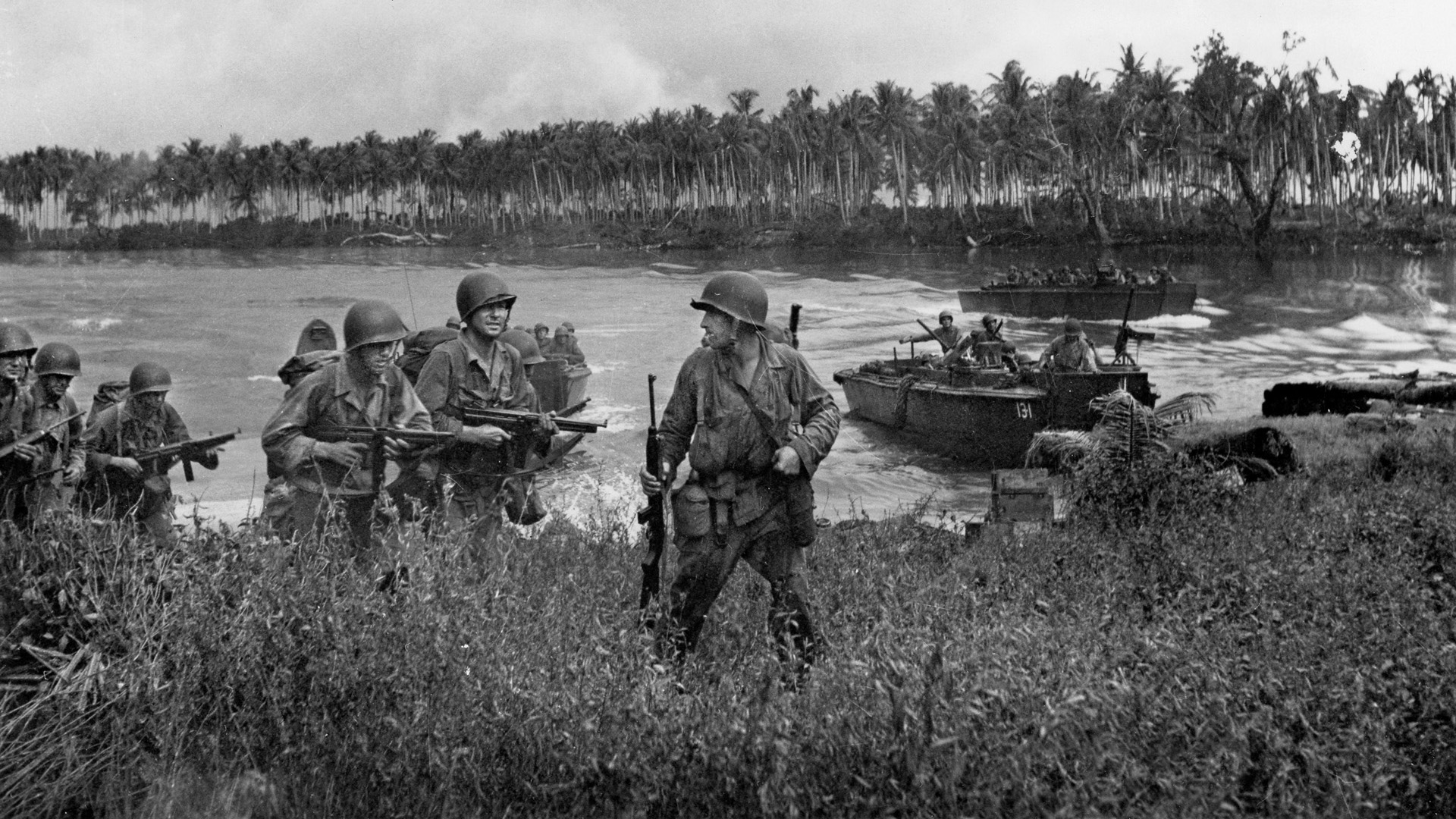
On the 15 April 1865 bgen John T Croxton spent the nite on my great grandparents George Washington and Nicie Dorsey Myers lawn at Hanbys Mill with about 3000 troops and took $317 of foodstuffs to feed their troops and horses, before crossing the Mulberry river the next morning. His route between point 6 and 7 takes you right thru her farm. She made a claim in 1873 for that amount but it was rejected because she had three boys in the army and one was kia at Resaca GA and buried in Atlanta’s Civil war cemetery on May 28, 1864.